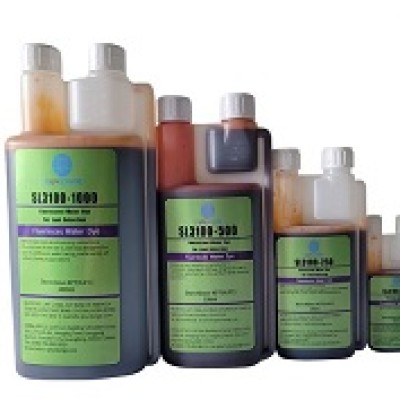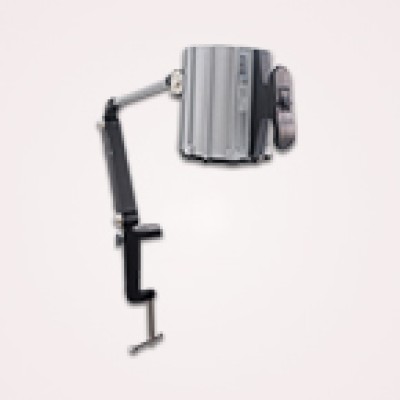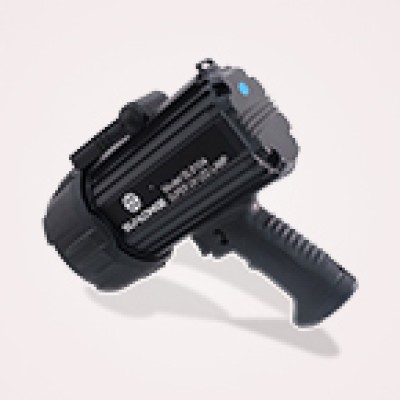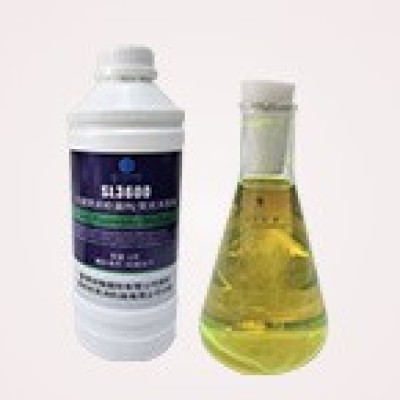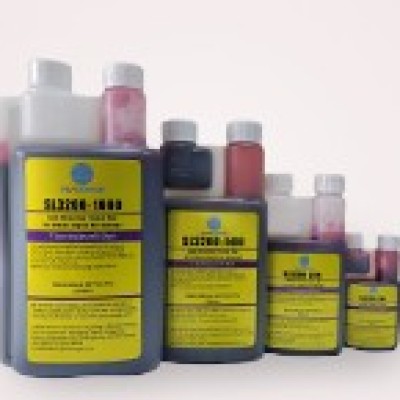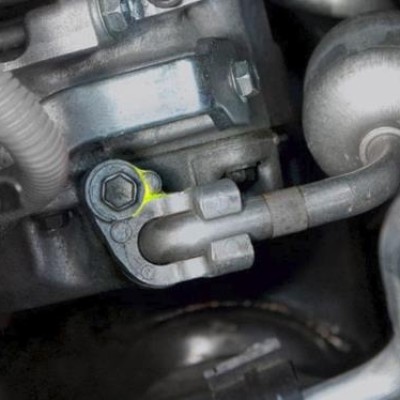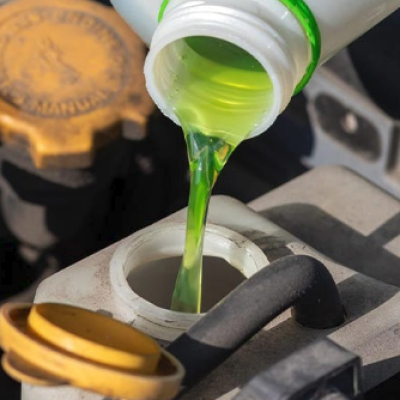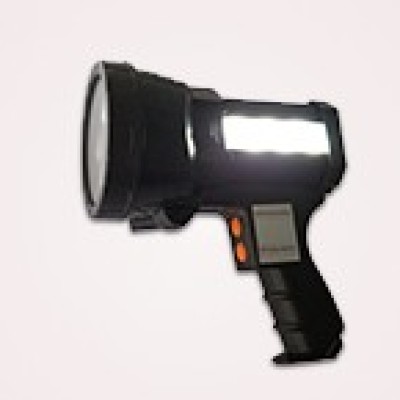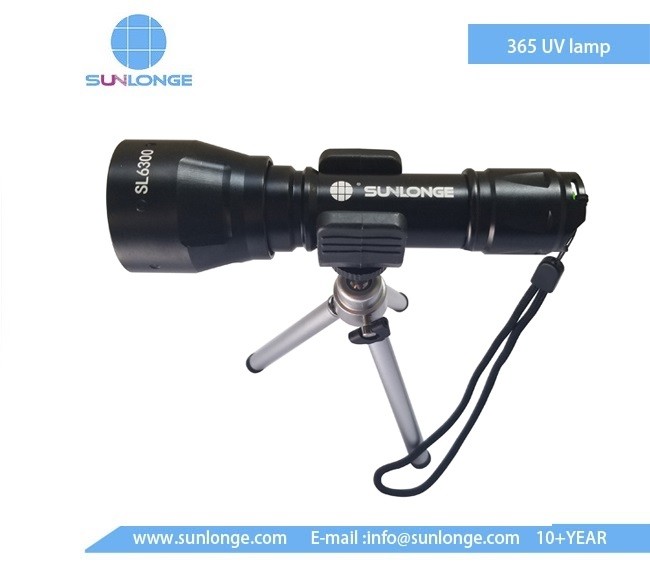
Choosing the appropriate wavelength for your UV LED lamp application is essential to maximize performance, ensure safety, and optimize results in a variety of industrial and medical contexts. In this comprehensive guide, we will explore the fundamentals of UV LED technology with a focus on three critical wavelength categories—UVA, UVB, and UVC. We will discuss their unique properties, applications, and factors to consider when selecting a UV LED lamp. The content of this guide is supported by industry references and detailed product information from Sunlonge, a leading LED lamp manufacturer. Our goal is to help you confidently choose the best UV LED LAMP for your specific needs.
Overview of UV LED Technology
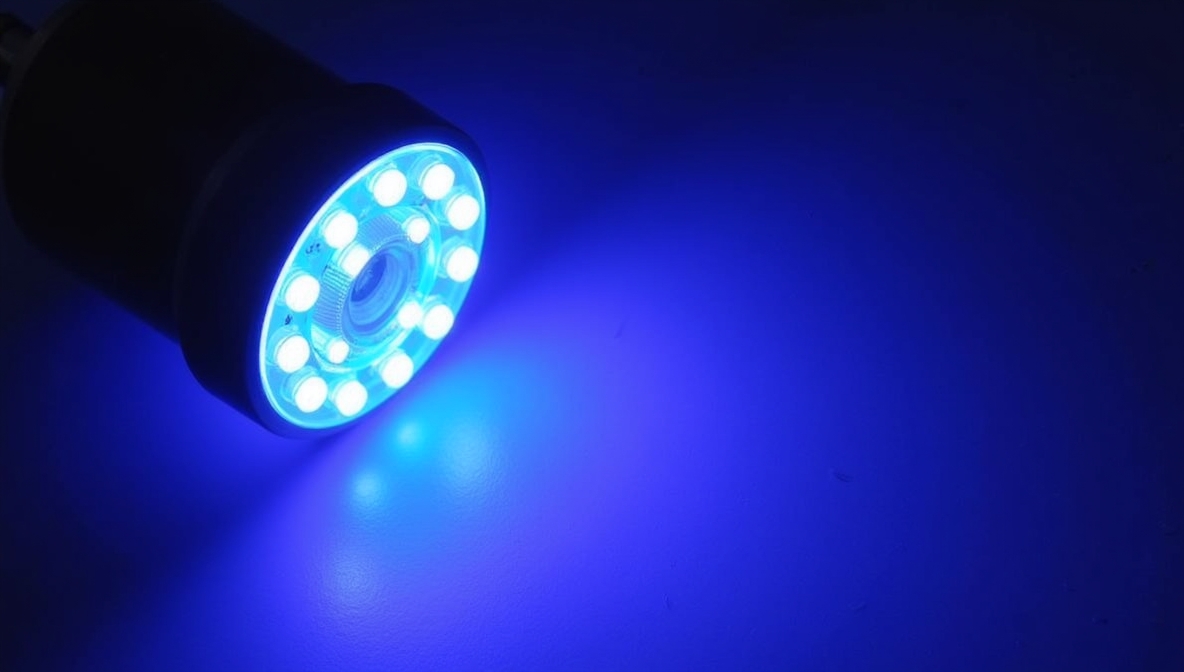
UV LED lamps have transformed many sectors, offering an energy-efficient, durable, and environmentally friendly alternative to traditional UV sources. Their compact design, instant on/off capability, and precise wavelength control make them highly desirable for applications ranging from non-destructive testing (NDT) to curing processes in industrial manufacturing.
What is a UV LED Lamp?
A UV LED lamp is a device that emits ultraviolet (UV) light using light-emitting diodes (LEDs) specifically designed to generate UV wavelengths. Their applications are diverse and include:
- Industrial curing
- Disinfection and sterilization
- Medical diagnostics
- Non-destructive testing (NDT)
- Water purification
The quality of UV LED lamps is influenced by factors such as peak wavelength, output power, thermal management, and longevity.
Understanding UV Wavelengths: UVA, UVB, and UVC
UV light is subdivided into three main wavelength ranges, each characterized by distinct properties and applications:
- UVA (315-400 nm)
-
- Characteristics: UVA is the longest wavelength and least energetic form of UV light. It penetrates the skin more deeply than UVB and UVC.
- Applications: Curing inks and coatings, counterfeit detection, and certain medical therapies.
- Use Case Example: For UV curing applications, the LEDs must have a peak wavelength within the range 360-370 nm. This specification ensures optimal performance for many curing processes.
- UVB (280-315 nm)
-
- Characteristics: UVB light has moderate energy and is partially absorbed by the ozone layer. It has a stronger biological impact compared to UVA.
- Applications: Dermatological treatments such as phototherapy for psoriasis, vitamin D synthesis, and certain types of medical research.
- Considerations: Safety protocols are essential because UVB can cause skin burns or eye damage if exposure is not controlled properly.
- UVC (100-280 nm)
-
- Characteristics: UVC is the most energetic and is mostly absorbed by the Earth’s atmosphere. In controlled settings, it is used effectively due to its potent germicidal properties.
- Applications: Sterilization and disinfection, water and air purification, and surface decontamination in medical environments.
- Safety: UVC rays are highly effective at destroying microorganisms, but they are hazardous to humans and require proper shielding and safety measures.
Table: Comparison of UV Wavelengths
| Wavelength Range | Energy Level | Primary Applications | Key Considerations |
| UVA (315-400 nm) | Low | Curing inks, coatings, counterfeit detection, medical therapy | Optimal for UV curing; often specified as 360-370 nm for best results |
| UVB (280-315 nm) | Medium | Dermatological treatments, vitamin D synthesis, research | Requires careful exposure management |
| UVC (100-280 nm) | High | Sterilization, disinfection, water/air purification | Hazardous to skin/eyes; proper shielding mandatory |
Table 1: Key differences between UVA, UVB, and UVC wavelengths and their applications.
Selecting the Right Wavelength for Your Application
When it comes to selecting a UV LED lamp, the wavelength plays a decisive role in determining the lamp’s suitability for your application. Below are some guidelines to ensure you choose the correct UV LED lamp for your needs.
- Define the Application
Understanding your specific use-case is the first step:
- Industrial Curing: For curing inks, adhesives, and coatings, you need a UV LED lamp that delivers consistent light intensity over the curing surface. UVA is typically used in these settings, especially when the application requires the LEDs to have a peak wavelength within the range 360-370 nm.
- Sterilization/Disinfection: UVC lamps are preferable for tasks requiring sterilization, as they have the right energy profile to break down microbial DNA. However, they require strict controls to prevent human exposure.
- Medical Treatments: Phototherapy in dermatology uses specific wavelengths depending on the condition. UVB might be used for skin disorders, while UVA is more common in processes like psoriasis treatments.
- Consider Key Specifications
When comparing UV LED lamps, be sure to consider:
- Peak Wavelength: This is the wavelength at which the LED delivers the highest radiant intensity. As mentioned, “the LEDs must have a peak wavelength within the range 360-370 nm” for many UV curing applications.
- Power Output (Irradiance): The intensity of light emitted should match the energy requirements of your application.
- Thermal Management: Efficient heat dissipation ensures longer LED life and consistent performance.
- Lifetime & Reliability: Look for lamps that promise a long operational life, especially in industrial applications.
- Certifications & Safety Standards: For applications in healthcare or food industries, certifications and compliance with regulatory standards are essential.
- Match the Wavelength to the Material or Subject
Different substrates respond differently to UV light:
- Coatings and Adhesives: Require specific wavelengths for proper curing without overexposure that can lead to degradation.
- Biological Samples: Different wavelengths have varying degrees of penetration and effectiveness in sterilization. For instance, UVC is effective at deactivating pathogens, but its exposure must be minimized to protect human tissue.
- Surface Materials: Reflective surfaces might necessitate a different energy profile compared to porous or absorbent materials.
- Product Reference and Quality Assurance
Sunlonge, a reputable manufacturer in the field of LED lamps, provides a range of high-quality UV LED lamps. For example, you can review detailed product specifications and quality metrics on their UV LED LAMP product page to verify that their product meets your industry-specific requirements.
- Cost vs. Efficiency
Efficiency plays a large part in the total cost of ownership for UV LED lamps. When the upfront cost is balanced against the operating costs, energy efficiency and longevity become critical factors in determining the overall value of the lamp.
Detailed Discussion: Industrial and Medical Uses of Different UV Wavelengths
Industrial Applications
Industrial applications are one of the most common areas for UV LED lamp usage. Their advantages include rapid on/off response, precision in targeting, and energy-efficient operation.
- Curing Applications:
In the printing and packaging industries, UV curing is used to harden inks and adhesives quickly. Using an LED with a peak wavelength precisely in the 360-370 nm range ensures optimal curing speeds while minimizing energy consumption. Detailed studies and industry feedback, such as those provided by sources like Magnaflux and Pro Photonix, indicate that selecting the right wavelength significantly improves the quality and durability of cured materials citeturn0search0. - Non-Destructive Testing (NDT):
UV LED lamps are also employed in NDT procedures to detect flaws in materials. The application often requires a specific wavelength that enhances the visibility of defects under UV light. Articles like those from Magnaflux offer insights into the optimal parameters for NDT applications citeturn0search0.
Medical Applications
UV LED technology is increasingly being adopted in medical settings, particularly for sterilization and phototherapy.
- Sterilization and Disinfection:
UVC lamps are chosen for their potent germicidal properties. They are effective in inactivating bacteria, viruses, and fungi by breaking down their DNA. However, because UVC can be hazardous, these systems are designed with robust safety interlocks to protect staff and patients citeturn0search0. - Phototherapy:
In dermatology, narrow-band UVB lamps or even certain ranges of UVA are used to treat skin conditions like psoriasis and eczema. The selection of the specific wavelength is critical to balance efficacy and safety.
How Sunlonge’s UV LED Lamps Stand Out
Sunlonge has built a reputation for high-performance LED lamps, including a robust lineup of UV LED lamps designed with precision wavelength specifications. Their products are engineered with the following considerations:
- Optimized Peak Wavelength:
Many of Sunlonge’s UV LED lamps are designed to meet the industry benchmarks, such as “the LEDs must have a peak wavelength within the range 360-370 nm,” ensuring that they are suitable for UV curing applications. - Durability and Reliability:
Sunlonge’s lamps incorporate advanced thermal management systems to extend the lifespan of the LED and maintain consistent performance over prolonged periods, making them ideal for industrial applications. - Compliance and Safety:
With adherence to international safety standards, Sunlonge products are certified for various applications, thereby providing reliable and safe operations for both industrial and medical use.
For detailed product specifications and purchasing information, visit their UV LED LAMP product page.
Q&A Section
Q1: What are the main differences between UVA, UVB, and UVC light?
A1:
- UVA (315-400 nm): Longer wavelength, lower energy, ideal for UV curing and certain medical therapies.
- UVB (280-315 nm): Moderate energy, used in dermatological treatments and research.
- UVC (100-280 nm): High energy, most effective for sterilization and disinfection, but requires controlled usage to avoid human exposure.
Q2: Why is the peak wavelength specification crucial for UV LED lamps?
A2:
The peak wavelength determines the lamp’s efficiency and suitability for specific applications. For example, in UV curing applications, “the LEDs must have a peak wavelength within the range 360-370 nm” to ensure optimum curing performance without damaging the substrate.
Q3: How do I decide which UV LED lamp is right for my industrial application?
A3:
Identify your application’s requirements—whether it’s curing, NDT, or sterilization. Consider factors such as power output, thermal management, and safety certifications. Comparing product specifications from reputable manufacturers like Sunlonge can help in making an informed decision.
Q4: Are there safety considerations when using UV LED lamps?
A4:
Yes, UV LED lamps, especially those emitting UVB or UVC light, can be hazardous. Always ensure that safety measures, such as proper shielding, interlocks, and personal protective equipment (PPE), are in place to minimize exposure risks.
Q5: How does Sunlonge ensure the quality of their UV LED lamps?
A5:
Sunlonge focuses on precision engineering, incorporating advanced thermal management and rigorous quality control in every step of manufacturing. Their products are designed to meet specific wavelength requirements and comply with industry safety standards, ensuring both performance and reliability.
Best Practices in UV LED Lamp Selection
When selecting a UV LED lamp, it is essential to adhere to best practices to achieve the best performance:
- Accurate Specification Matching:
Ensure that the LED’s peak wavelength aligns with your application’s needs. For instance, in curing applications, a peak wavelength of 360-370 nm is often necessary for optimal efficiency. - Comprehensive Product Comparison:
Compare technical datasheets, paying close attention to irradiance levels, lifetime ratings, and energy consumption. - Cost-Efficiency Analysis:
Factor in the long-term savings on energy costs and reduced maintenance when choosing a high-quality lamp versus a cheaper alternative. - Safety and Compliance Checks:
Verify that the product meets industry standards and certifications, especially if the lamp is to be used in healthcare or laboratory settings. - Vendor Reputation and Support:
Choose manufacturers with a proven record of reliability and excellent after-sales support. Sunlonge’s extensive product range and commitment to innovation make it a strong candidate for these requirements.
Conclusion
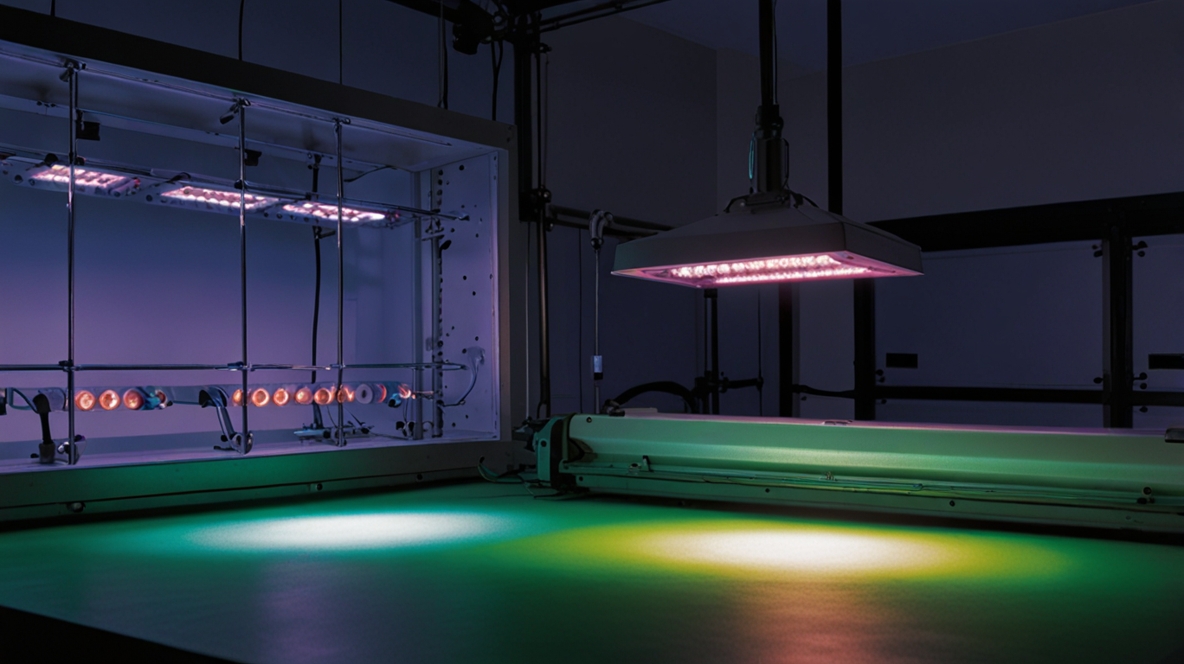
Selecting the right UV LED lamp for your application involves careful consideration of the wavelength, power output, thermal management, and overall safety requirements. Whether you are involved in industrial curing, NDT, or medical applications such as sterilization and phototherapy, understanding the differences between UVA, UVB, and UVC is key.
By following the best practices outlined in this guide, you can ensure that your selection not only meets your operational needs but also adheres to safety standards and maximizes efficiency. Products from manufacturers like Sunlonge offer advanced options, including optimized peak wavelengths—such as the specification that “the LEDs must have a peak wavelength within the range 360-370 nm”—that guarantee high performance in a variety of applications.
For more detailed product information and to explore the full range of UV LED lamps available, visit Sunlonge’s website.
This guide is designed to be a definitive resource for selecting the right UV LED lamp for your application. We hope that the detailed discussion, Q&A section, and comparative table will serve as a useful reference as you evaluate your options. For tailored advice or further technical support, don’t hesitate to reach out to industry experts or Sunlonge directly.
Happy lamp selecting!
 CN
CN

